Development of a fast-screening, electrochemical tool to map and understand corrosion inhibitors for heat transfer fluids
September 2023 – Augustus 2027
In a first phase of the project, an electrochemical protocol will be established to evaluate the corrosion behaviour of a couple of metals typically applied in heating/cooling systems (i.e. copper, brass, solder, steel, cast iron and aluminium) in the presence of commercially available and commonly applied heat transfer fluid formulations (i.e. Proviflow N, L and FG). This set of tests will amongst others include open circuit potential (OCP) measurements, polarization resistance determination, potentiodynamic polarization measurements and electrochemical impedance spectroscopy (EIS), all of which are fast tools yielding detailed insight in the corrosion behaviour of different systems. Once established, this protocol will be compared with the classical ASTM D1384 test results to ensure it is robust, reproducible and trustworthy. By combining the corrosion-related performance metrics as determined by electrochemistry with an in-depth physico-chemical characterization approach (e.g. SEM-EDS, ICP-MS, AFM, XRD, XPS, Raman, etc.), it will be possible to increase the knowledge on the types of corrosion (e.g. pitting corrosion, galvanic corrosion, crevice corrosion, etc.) occurring, the way the corrosion inhibitors work, and the potential synergistic effects, which are ongoing during the process.
Ultimately, this approach will yield unprecedented insight in how different metals corrode under operational conditions and how the different, currently applied inhibitors function and how they avoid or at least slow down corrosion. These insights will allow us to establish the operational window of the HTFs and metals under investigation and ultimately also to set up certain properties and constraints to which a HTF and AP need to comply in order to limit corrosion to a minimum. As such selection of alternative inhibitors and HTF grades (i.e. APs mixed with a HTF) becomes less of a trial and error approach but more a directed search that follows the constraints as determined by this fast, evaluation protocol. In a next stage, these insights will then be used by Proviron to develop novel APs for HTFs with target-specific properties from commercially available chemicals. In essence, the mass loss should be limited to max 2 mg for each metal coupon in ASTM D1384 with only a uniform corrosion using toxicological, environmental and commercial acceptable products as corrosion inhibitors. In a final stage, the impact of operational conditions (e.g. water composition, temperature, oxygen content, flux, etc.) on the corrosion protection of different commercial and newly developed APs for HTFs will be evaluated in operando to determine the robustness and application window of each AP/HTF and thus of the novel inhibitors. Furthermore, in this last stage also in situ physico-chemical characterization (i.e. Raman, FT-IR and ICP-MS) will be performed to gain real-time insight into the governing corrosion mechanisms as to optimally tune the newly developed HTFs.
Ultimately, this approach will yield unprecedented insight in how different metals corrode under operational conditions and how the different, currently applied inhibitors function and how they avoid or at least slow down corrosion. These insights will allow us to establish the operational window of the HTFs and metals under investigation and ultimately also to set up certain properties and constraints to which a HTF and AP need to comply in order to limit corrosion to a minimum. As such selection of alternative inhibitors and HTF grades (i.e. APs mixed with a HTF) becomes less of a trial and error approach but more a directed search that follows the constraints as determined by this fast, evaluation protocol. In a next stage, these insights will then be used by Proviron to develop novel APs for HTFs with target-specific properties from commercially available chemicals. In essence, the mass loss should be limited to max 2 mg for each metal coupon in ASTM D1384 with only a uniform corrosion using toxicological, environmental and commercial acceptable products as corrosion inhibitors. In a final stage, the impact of operational conditions (e.g. water composition, temperature, oxygen content, flux, etc.) on the corrosion protection of different commercial and newly developed APs for HTFs will be evaluated in operando to determine the robustness and application window of each AP/HTF and thus of the novel inhibitors. Furthermore, in this last stage also in situ physico-chemical characterization (i.e. Raman, FT-IR and ICP-MS) will be performed to gain real-time insight into the governing corrosion mechanisms as to optimally tune the newly developed HTFs.

